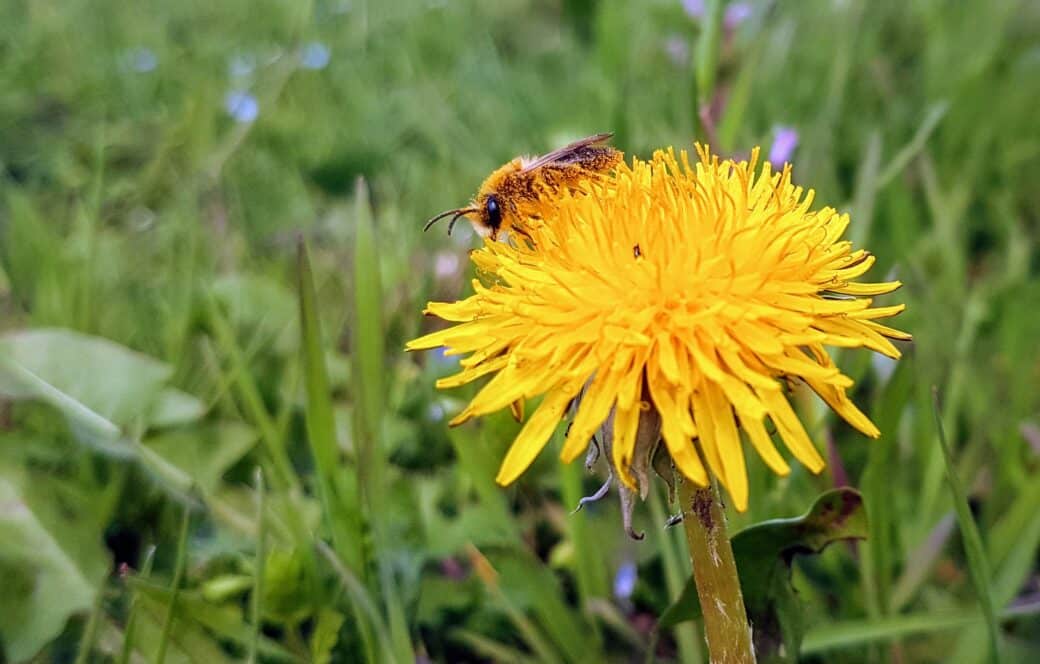The effect of land use on intra-specific variation in floral traits and subsequently plant-pollinator interactions and pollination

Intraspecific variation constitutes a cornerstone for evolution and a prerequisite for the local adaptation of species and thus their resilience against environmental change. Intraspecific variation can also strongly influence interactions between organisms, because interactions happen at the individual level and depend on the specific phenotypes of individual interaction partners. In IntraFlor, we aim to understand the importance of variation in individual phenotypes (i.e. intraspecific variation) for interaction patterns and interaction outcomes, focusing on flowering plant-pollinator interactions in grasslands.
Previous studies and our own preliminary data collected at the grassland plots of the Biodiversity Exploratories indicate strong effects of land-use and management type on intraspecific variation in those flower traits that are known to affect pollinator visitation patterns and thus plant-pollinator interactions.
In IntraFlor, we want to (i) further investigate and quantify the effect of grassland management and population genetic diversity on intraspecific variation in these flower traits, and (ii) unravel the consequences of such trait plasticity within and between plant populations/communities for individual pollinator behavior and plant reproductive fitness.
Within three working packages (WP), we will:
(i) quantify correlations between different types of grassland management, local population genetic diversity and intraspecific variation in morphological, physiological, and chemical flower traits of selected plant species across space and time,
(ii) investigate how intraspecific variation in flower traits relates to foraging patterns of individual pollinators, and
(iii) determine how intraspecific trait variation affects differences in pollination success of individual plants.
We will combine morphological and physiological measurements (e.g. display size, flower height, petal color) on-site with laboratory analyses of chemical traits (e.g. flower scent, pollen chemistry) and of the genetic structure and diversity of plant populations. Effects of phenotypic variation in traits on pollinator behavior and pollination success will be determined through field observations and a greenhouse experiment. Insights gained from IntraFlor will greatly enhance our understanding of how the interaction between intraspecific variation in floral traits and land-use affect individual pollinator behavior, subsequent interaction patterns and thus the ecosystem function of pollination.









